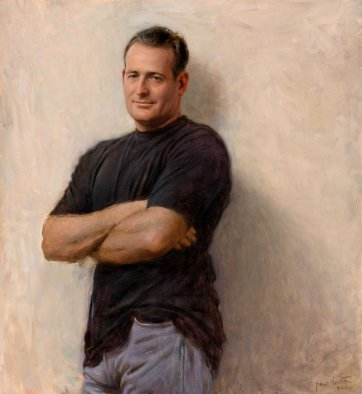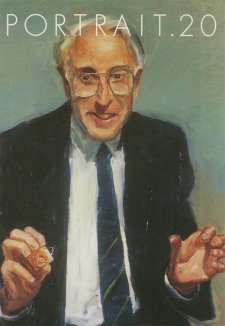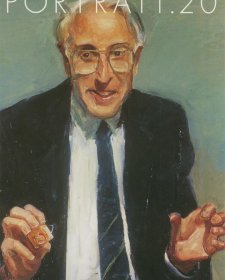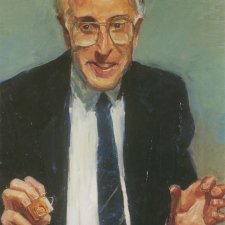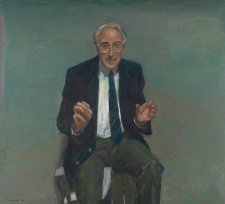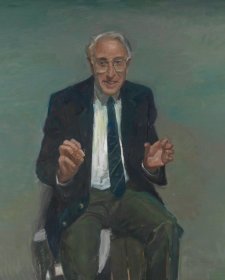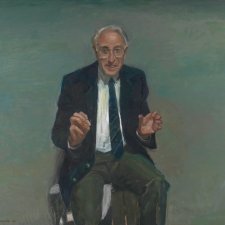Inspiration+Realisation features three prominent Australian artists for whom portrait painting is an aspect of their practice. Each artist will deliver a public lecture followed the next day by a masterclass in portraiture from a life model. Lecture attendees and masterclass participants will have the opportunity to work directly with and be inspired by these eminent Australian painters, each of whom brings a differing perspective to the art of the portrait.
Paul Newton is perhaps the quintessential portrait artist. Trained at the Julian Ashton Art School in Sydney in the 1980s, Newton has built a strong reputation as a painter of portrait commissions in both Australia and North America. When speaking to Newton one quickly realises he is an artist deeply steeped in process. On receiving a commission Newton will often repeatedly sketch his subject in a variety of poses, sometimes creating up to twelve sketches in order to narrow down his compositional choices. These drawings are then shared with the subject to involve them in the process and he also finds this step helps to take the element of surprise out of a commissioned work. Newton's sometimes attenuated compositional process is exemplified by the steps he took to achieve a pose he was satisfied with m his portrait of Australian Rugby Union legend David Campese. In the preliminary sketches for the work, both drawings and in oils, one can see the complex reworking of Campese's stance and the placement of his hands that has gone on to achieve the final result.
Newton nearly always has his subject sit for a life sketch in oils, which he uses to study skin, hair and eye colour. Again, this is not always a simple process. During his time at Ashton, under the tutelage of Dick Ashton, Newton learnt very quickly the effect a subject's skin tone can have on a portrait's 'look', recalling that if the female life models for his class had been to the beach on the weekend (and therefore had suntans) this would infuriate Ashton, who would send them home as, in his opinion, they were useless for rendering in oil paint. To capture the translucency of skin is something that Newton is continually grappling with and he is certainly not alone in that predicament in the history of portraiture. When the young Lord Dalhousie posed for celebrated American painter John Singer Sargent (1856-1925), he had clearly spent a day in the sun - albeit wearing a hat!
Newton's homage to Sargent can be seen in more than just the challenge of representing skin through comparison of the two works seen here. One can see similarities in the positioning of the body on the picture plane, the slight contrapposto and most importantly in the application of paint. Pulling Sargent into the 21st century, Newton imbues his contemporary portrait subjects with grandeur and a kind of aristocratic nonchalance whatever their social status - testament to the relaxed state he manages to bring about while painting them. This marks a departure from Sargent who once famously said, 'Every time I paint a portrait I lose a friend".
